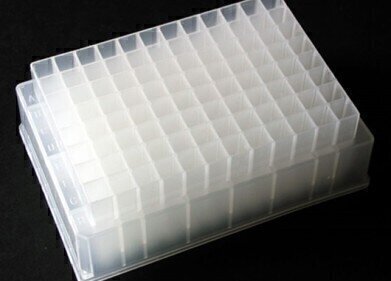Preparative
Protein structure found to cause multi-drug tolerance
Sep 27 2012
A protein structure was found to answer one of the mysteries of multi-drug tolerance, in research released yesterday (September 26th).
Duke University School of Medicine researchers published a study in the journal Cell Reports stating the results of a succession of experiments investigating multi-drug tolerance.
Multi-drug tolerance is an occurrence whereby bacteria are able to tolerate the impact of antibiotics by entering a dormant state and go on infecting the host once the impact of the drugs has worn off.
Senior author of the study, professor and chairman of Duke's Department of Biochemistry, Richard G Brennan explained that when tackling infection, drugs become a lot less effective if even one bacteria out of a million becomes dormant.
Persistent infectious diseases caused by pathogenic bacteria, such as P aeruginosa, E coli and M. tuberculosis, can have a high drug tolerance.
Multi-drug tolerance starts with a protein kinase molecule named HipA. This will steer several bacterial cells into dormancy, a state in which they are known as "persister" cells.
Eventually these cells will become active and start growing within the body, leading to re-infection.
This function was discovered via examining the biochemical and structural parts in the HipA molecule.
Maria A Schumacher, professor of biochemistry at Duke and lead author of the study, explained that the protein goes through phosphorylation, which has an influence over other molecules that manage dormancy.
The professor and her team found that too much phosphorylation by HipA causes it to switch off, which then leads to the area becoming extremely unorganised.
Interestingly, the internal part of the protein is forced to the outer structure. Professor Schumacher said that this is the first time this process has been seen to occur.
Professor Schumacher utilised X-ray crystallography to create an atomic-level three-dimensional structure of HipA. This was essential in understanding how this straightforward adaptation affected HipA's actions.
"It's a very clever thing for them to do, and it's one of the underlying reasons there are so many recalcitrant infections," said the professor.
Posted by Fiona Griffiths
Events
Apr 22 2025 Kintex, South Korea
Analytica Anacon India & IndiaLabExpo
Apr 23 2025 Mumbai, India
Apr 27 2025 Portland, OR, USA
May 11 2025 Vienna, Austria
May 18 2025 Tempe. AZ, USA














